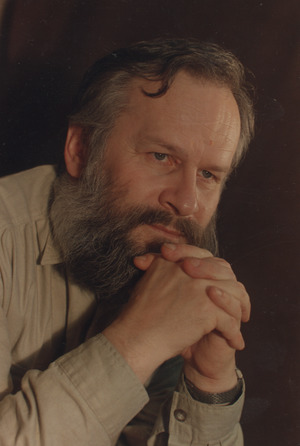Robert G. Bednarik facts for kids
Robert G. Bednarik was born in Vienna, Austria, in 1944. He is an Australian expert who studies prehistory and how humans think in the past. He is known as a "cognitive archeologist".
Robert Bednarik moved from Austria to Australia in 1966. He taught himself a lot of what he knows. He is a top expert in rock art (drawings on rocks from long ago) and portable art from the Stone Age. He also does "experimental archaeology," which means he tries to recreate ancient tools or methods to understand how people lived. He helps edit four science magazines.
Mr. Bednarik has written more than 1,450 science articles since 1965! He is a professor at a special center in China called the International Centre of Rock Art Dating (ICRAD).
His main interest is finding out how humans first started to understand the world around them. Because of this, he studies the very first art, how language began, and how early human technology developed.
Contents
What Does a Prehistorian Do?
A prehistorian studies the time before written history. This means they look at clues like old tools, cave paintings, and ancient sites to understand how people lived thousands or even millions of years ago. Robert Bednarik focuses on how early humans thought and created things.
Exploring Ancient Art
One of Robert Bednarik's main areas of study is rock art. This includes paintings, carvings, and drawings found on rocks and in caves. He also looks at "paleolithic portable art," which are small art pieces that early humans could carry, like carved figures or decorated stones. By studying these, he tries to understand what was important to people in the past and how their minds worked.
Understanding Human Beginnings
Mr. Bednarik is very interested in how humans developed the ability to create and imagine things. He explores questions like:
- How did the first art begin?
- When did humans start to use language?
- How did early humans develop new tools and technologies?
He believes that by looking at these early steps, we can better understand how our brains and societies became what they are today.
Images for kids



